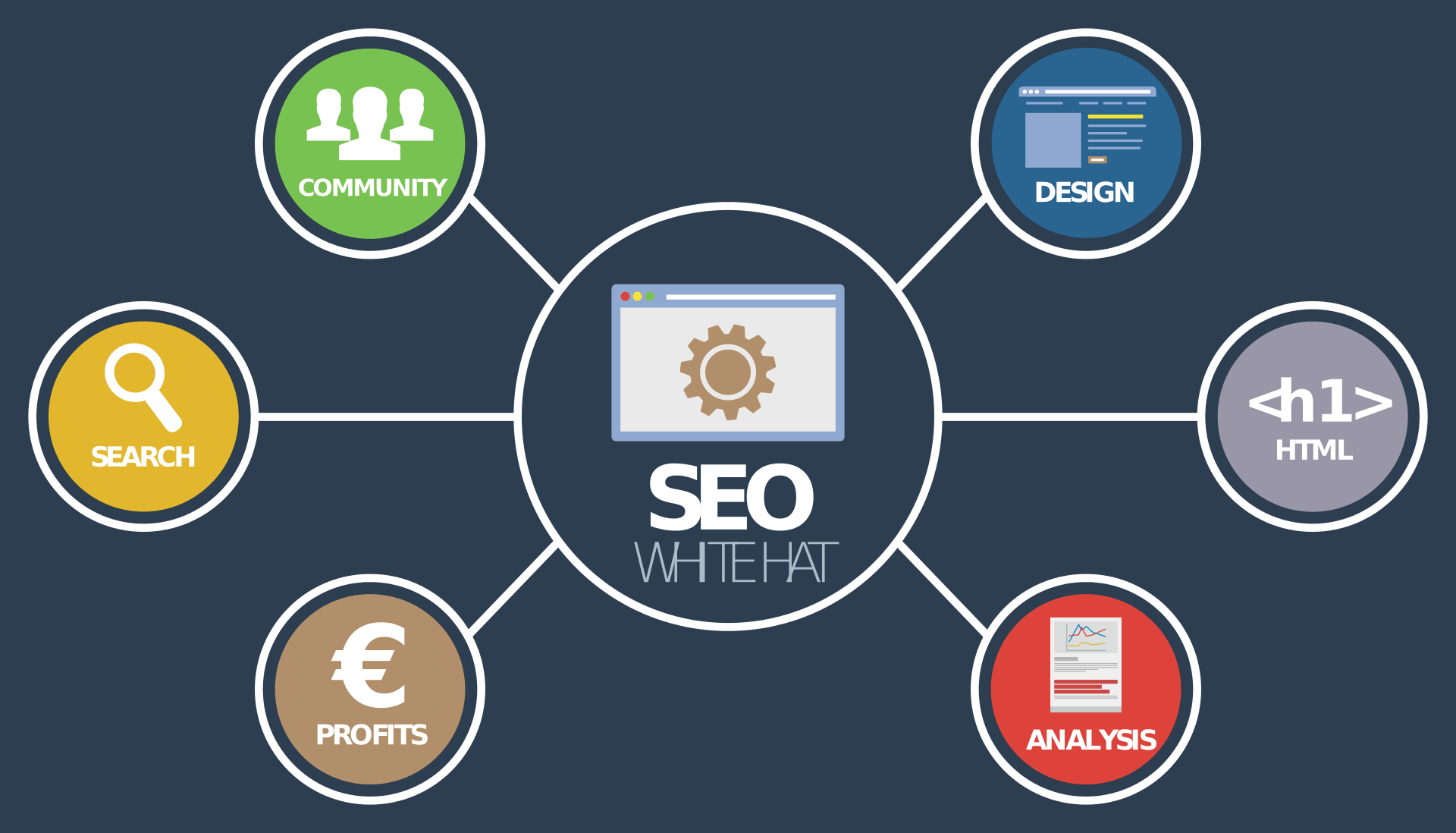When it comes to increasing your visibility in search engines—especially in international markets—On-page SEO plays a crucial role. While many businesses focus on backlinks and external promotion, the truth is that your website’s internal structure and content are just as important for ranking well in different regions.
So, what exactly is On-page SEO, and how does it apply in a global context?
Definition: What Is On-Page SEO?
On-page SEO refers to the process of optimising individual web pages to improve their ranking in search engine results and to drive relevant, high-quality traffic. It involves both technical elements and content-level improvements, all aimed at helping search engines understand the page’s topic and relevance.
Unlike Off-page SEO—which focuses on backlinks and external signals—On-page SEO is completely within your control. That’s why it’s considered the foundation of any strong SEO strategy, especially when you’re targeting multiple languages and markets.
Key On-Page SEO Elements (with an International Focus)
1. Title Tags and Meta Descriptions
These elements should be unique, relevant, and ideally include the main target keyword. For international SEO, make sure they are properly localised—not just translated—to reflect local language nuances and search behaviour.
2. Headings (H1, H2, H3…)
Search engines use headings to understand the structure and hierarchy of your content. Ensure your headings include regional keywords where appropriate, and avoid duplicating the same structure across languages without adapting the context.
3. Content Optimisation
Content must be valuable, original, and tailored to the user’s intent. For international markets, localisation is key: adapt cultural references, measurements, currencies, and tone of voice to match the expectations of each audience.
4. Internal Linking
A clear internal linking structure helps distribute authority across your website. Use language-specific anchors and ensure that links between localised versions of pages are properly implemented using hreflang tags and country-targeted URLs.
5. Image Optimisation
Use relevant images and include descriptive alt tags. For global SEO, it’s important to consider cultural appropriateness and even local image formats that may differ in expectations (e.g., icons, stock styles).
6. URL Structure
Clean, descriptive, and localised URLs perform better. For example, /es/seo-on-page/ is more effective for Spanish-speaking audiences than using a generic slug in English across all pages.
Why On-Page SEO Matters in International SEO
Google and other search engines strive to offer users the most relevant results based on location, language, and intent. That means content that performs well in one market may not rank at all in another—unless it’s properly optimised on-page.
By applying strong On-page SEO practices with international considerations in mind, you send clear signals to search engines about the purpose of your content, who it’s for, and in which country or language it should rank.
Final Thought
On-page SEO is more than just keywords and tags—it’s the strategic core of your international growth. If you’re looking to build authority and visibility in multiple markets, every element of your site must speak the language of your audience and the logic of search engines.
For expert help with your international SEO strategy, contatc us and discover how we help brands grow across borders with precision and clarity.

